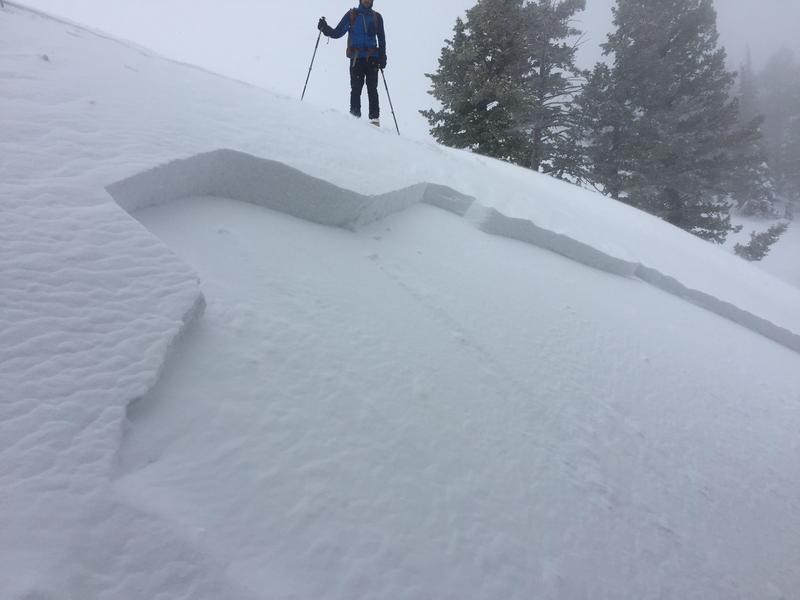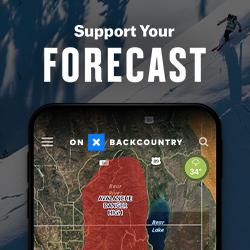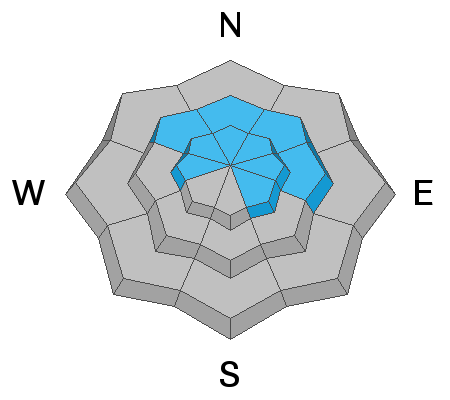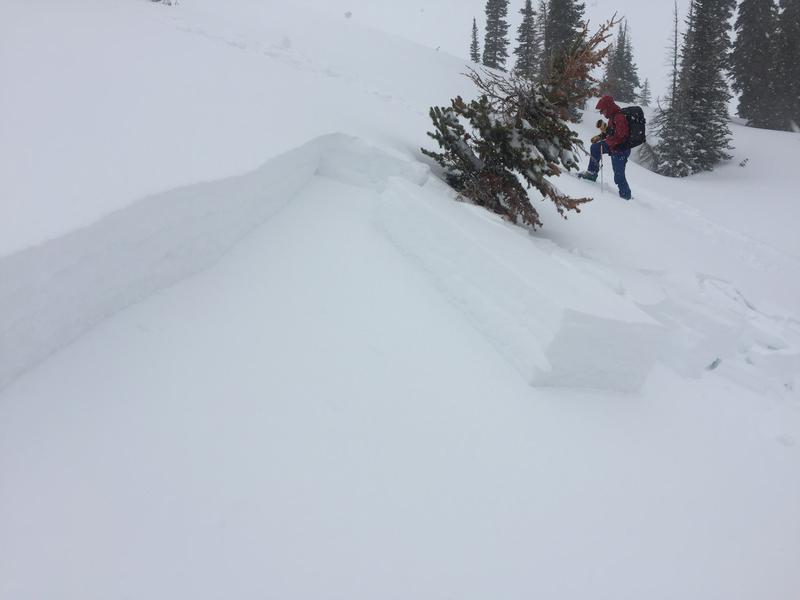Forecast for the Ogden Area Mountains

Issued by Evelyn Lees on
Saturday morning, March 23, 2019
Saturday morning, March 23, 2019
The avalanche danger is MODERATE on steep mid and upper elevation slopes facing northwest through north through east, where slabs of wind drifted snow failing on the old dry snow can be triggered. Other terrain has a LOW avalanche danger early this morning, but the danger will increase to MODERATE for wet snow sluffs with heating and sun.

Low
Moderate
Considerable
High
Extreme
Learn how to read the forecast here







